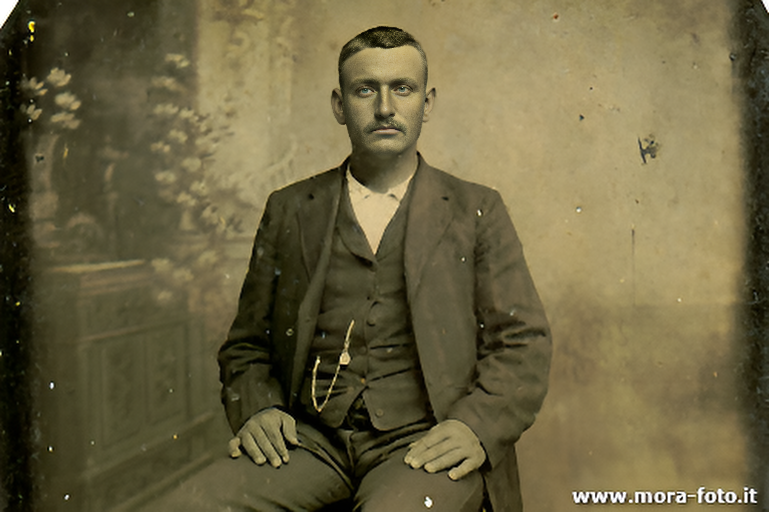API
If you're looking for an API, you can choose from your desired programming language.
1
2
3
4
5
6
7
8
9
10
11
12
13
14
15
16
17
18
19
20
21
22
23
24
25
26
27
28
29
30
31
32
33
34
35
36
37
import requests
import base64
# Use this function to convert an image file from the filesystem to base64
def image_file_to_base64(image_path):
with open(image_path, 'rb') as f:
image_data = f.read()
return base64.b64encode(image_data).decode('utf-8')
# Use this function to fetch an image from a URL and convert it to base64
def image_url_to_base64(image_url):
response = requests.get(image_url)
image_data = response.content
return base64.b64encode(image_data).decode('utf-8')
# Use this function to convert a list of image URLs to base64
def image_urls_to_base64(image_urls):
return [image_url_to_base64(url) for url in image_urls]
api_key = "YOUR_API_KEY"
url = "https://api.segmind.com/v1/kling-2.1"
# Request payload
data = {
"image": image_url_to_base64("https://segmind-resources.s3.amazonaws.com/input/e1fcf474-2790-4e1a-b094-ae0b20a18ab8-428e317b-d7c2-48fb-a001-ed0820fb04be.jpg"), # Or use image_file_to_base64("IMAGE_PATH")
"prompt": "Front View Shot of model in casual wear. [Push in] [Static shot] Subtle shoulder rotation, confident smile, hands in pockets, slight weight shift.",
"negative_prompt": "No jittery motion, avoid rapid scene changes.",
"cfg_scale": 0.7,
"mode": "pro",
"aspect_ratio": "16:9",
"duration": 5
}
headers = {'x-api-key': api_key}
response = requests.post(url, json=data, headers=headers)
print(response.content) # The response is the generated imageAttributes
Provide an image URL to be animated. Use clear, high-quality images for best results.
Describe the desired animation effect. Use creative, vivid descriptions for dynamic animations.
Specify unwanted effects. List distractions like sudden flashes or fast zooms to avoid them.
Controls animation adherence to the prompt. Lower for more freedom, higher for precise adherence.
min : 0,
max : 1
Choose animation quality mode. 'Pro' for balanced quality, 'Master' for quality focus.
Allowed values:
Select output aspect ratio. '16:9' is best for widescreens, '1:1' for social media.
Allowed values:
Set animation duration. Choose '5' for short previews, '10' for detailed views.
Allowed values:
To keep track of your credit usage, you can inspect the response headers of each API call. The x-remaining-credits property will indicate the number of remaining credits in your account. Ensure you monitor this value to avoid any disruptions in your API usage.
Leveraging Kling 2.1 for Enhanced Video and Image Generation
Kling 2.1, a noteworthy advancement in AI-driven video and image generation, offers developers and creators a robust platform to transform their creative processes. With its dual operational modes, Kling 2.1 provides versatile solutions suited for different project needs and budgets.
Key Features
Kling 2.1 introduces two modes: Standard Mode (720p), ideal for cost-effective projects, and Professional Mode (1080p), which delivers high-quality outputs. This dual-mode operation ensures flexibility in producing both draft content and polished, professional deliverables seamlessly.
Advanced Capabilities
This model excels in dynamic video creation through improved motion dynamics and aesthetic quality, making it particularly adept at tasks such as text-to-video generation and image-to-video transformation. By capturing more nuanced interpretations of text prompts via enhanced NLP capabilities, Kling 2.1 sets a high standard for visual storytelling.
Practical Applications for Creators
Creators can harness Kling 2.1 for tasks like transforming product photos into engaging promotional videos or animating static visuals effortlessly. Its video extension feature supports creators in expanding existing footage without compromising quality, which is invaluable for maintaining narrative flows.
Optimization Strategies
To maximize Kling 2.1’s capabilities, thoughtful application of prompt engineering and strategic mode selection are essential. Begin with Standard Mode for concept exploration, then transition to Professional Mode for final cuts. This approach balances quality and cost-effectiveness.
Kling 2.1 positions itself as a formidable tool in content generation, offering unique features like video extension and continuous improvement capabilities, which ensure it remains relevant and powerful in rapidly evolving creative workflows. By integrating these strategies, users can capitalize on Kling 2.1’s full potential, driving innovation and efficiency in their projects.
Other Popular Models
sdxl-controlnet
SDXL ControlNet gives unprecedented control over text-to-image generation. SDXL ControlNet models Introduces the concept of conditioning inputs, which provide additional information to guide the image generation process

face-to-many
Turn a face into 3D, emoji, pixel art, video game, claymation or toy

faceswap-v2
Take a picture/gif and replace the face in it with a face of your choice. You only need one image of the desired face. No dataset, no training

codeformer
CodeFormer is a robust face restoration algorithm for old photos or AI-generated faces.
